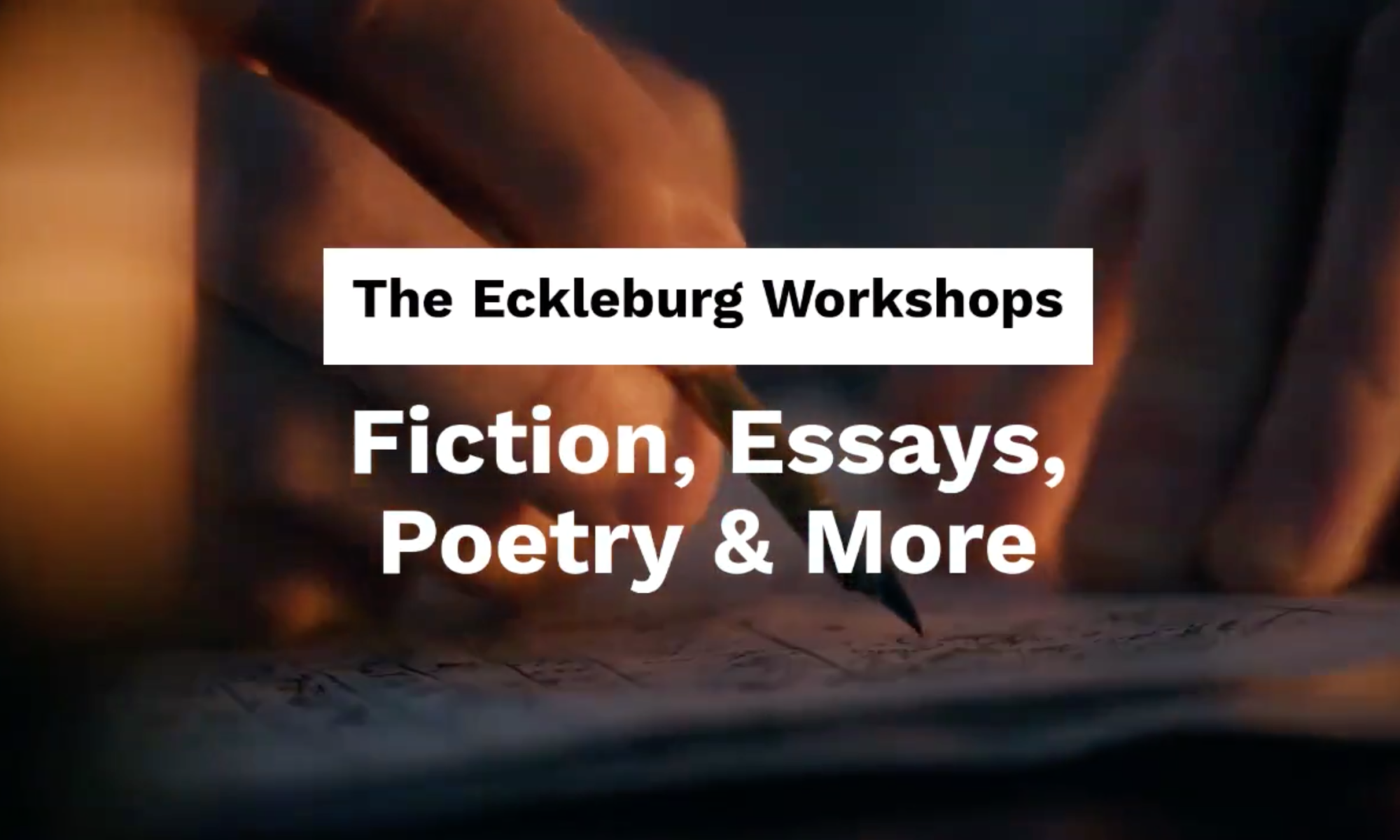Consonance is the relationship between words in which the final consonants in the stressed syllables agree but the vowels that preceded them differ. A form of repetition used in prose and poetry. (A Handbook to Literature)
Consonance Writing Exercise
Choose a section of summary narration you are currently revising and would like to make more lyrical. Spend a few minutes reciting the section aloud. Listen to the pattern of the syllables. Study the intended effect of the language. Does the section want a languid sort of flow or a more Stacatto effect? If the former, consider replacing the diction with words that use soft sounds in the stressed syllables: b, d, f, s, m, n…. If the latter, consider replacing the diction with words that use hard sounds in the stressed syllables: t, k…. After revising the diction, read the section aloud, again. Does the change in diction affect your intended atmosphere?
Submit Your Work for Individualized Feedback
Please use Universal Manuscript Guidelines when submitting: .doc or .docx, double spacing, 10-12 pt font, Times New Roman, 1 inch margins, first page header with contact information, section breaks “***” or “#.”
Sources
The Age of Insight: The Quest to Understand the Unconscious in Art, Mind, and Brain, from Vienna 1900 to the Present. Eric Kandel.
A Handbook to Literature
“Cogito et Histoire de la Folie.” Jacques Derrida.
Cognitive Neuropsychology Section, Laboratory of Brain and Cognition.
Eats Shoots and Leaves: The Zero Tolerance Approach to Punctuation
The Elements of Style.
New Oxford American Dictionary
The Norton Anthology of World Literature
The Norton Introduction to Philosophy
Woe is I: The Grammarphobe’s Guide to Better English in Plain English
Writing Fiction: A Guide to Narrative Craft
Writing the Other

